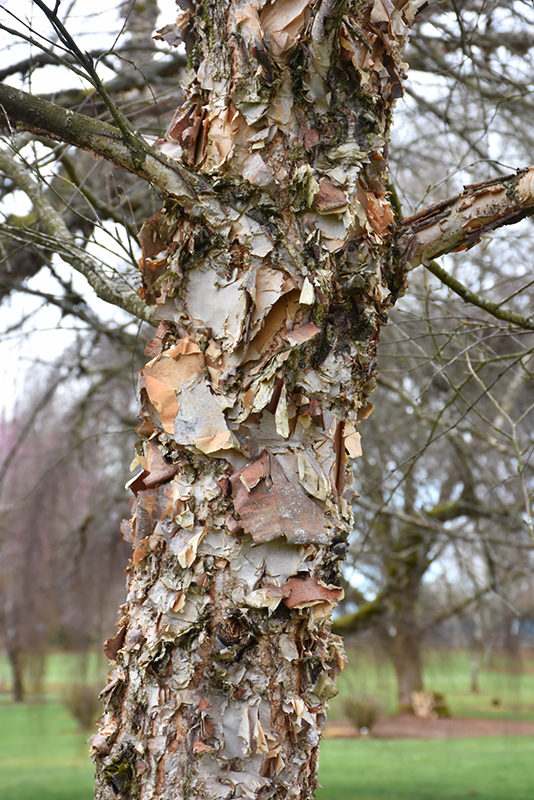Plant Finder
City Slicker River Birch
Betula nigra 'Whit XXV'
Height: 60 feet
Spread: 50 feet
Sunlight:
![]()
![]()
Hardiness Zone: 4b
Other Names: Red Birch
Description:
A beautiful variety with good vigor, drought tolerance, and extremely white bark; leaves turn a bright gold in fall; requires acidic soil, susceptible to chlorosis in alkaline soils
Ornamental Features
City Slicker River Birch features subtle chartreuse catkins in early spring. It has dark green deciduous foliage. The pointy leaves turn an outstanding gold in the fall. The peeling white bark is extremely showy and adds significant winter interest.
Landscape Attributes
City Slicker River Birch is a deciduous tree with a more or less rounded form. Its relatively fine texture sets it apart from other landscape plants with less refined foliage.
This is a relatively low maintenance tree, and should only be pruned in summer after the leaves have fully developed, as it may 'bleed' sap if pruned in late winter or early spring. It has no significant negative characteristics.
City Slicker River Birch is recommended for the following landscape applications;
- Accent
- Shade
Planting & Growing
City Slicker River Birch will grow to be about 60 feet tall at maturity, with a spread of 50 feet. It has a low canopy with a typical clearance of 3 feet from the ground, and should not be planted underneath power lines. It grows at a fast rate, and under ideal conditions can be expected to live for 70 years or more.
This tree does best in full sun to partial shade. It is quite adaptable, prefering to grow in average to wet conditions, and will even tolerate some standing water. It is not particular as to soil type, but has a definite preference for acidic soils, and is subject to chlorosis (yellowing) of the foliage in alkaline soils. It is highly tolerant of urban pollution and will even thrive in inner city environments. Consider applying a thick mulch around the root zone in winter to protect it in exposed locations or colder microclimates. This is a selection of a native North American species.
This Plant Finder tool is an online catalog representing many of the varieties that we carry over the course of the season, and is intended for informational purposes only. Inventory varies seasonally, so we cannot guarantee that every plant will be in stock at all times - please contact the store for current availability. It does not include our entire inventory of plants, so be sure to visit us to see varieties that may not be represented on this list.

